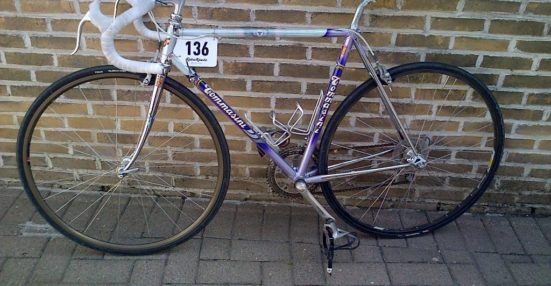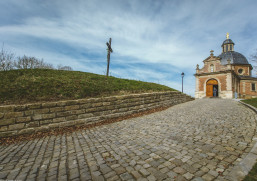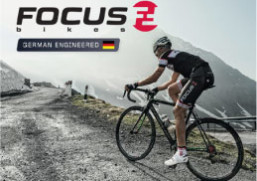The Art of Complication

My father recently turned 93, on Paris-Roubaix Sunday. Since my childhood, he has been the man responsible for my bikes. From my first trike, to my Schwinns, my Mongoose BMX and my first road bike, a Cannondale Black Lightning. I remember the two of us pouring over cycling catalogs and journals together, marveling at the latest bicycles for sale. The simplicity of one ad struck us in particular: a gorgeous, chrome-lugged, hand built Tommasini frame sitting on a work bench, glistening in all its newness against the grunge and dirt of the work shop. This was art, I thought, from a man who loved his craft, believed in the beauty of it to sell itself. It was the first bike I was truly unable to get out of my head.
As I embarked on a trip to Italy later that year, 1990, my father handed me a folded piece of paper and smiled as he looked me square in the eyes, the same look I surely had given him all those years before at our local bike shop. A week later on a rainy Monday, navigating the enormous network of roads that encompasses the industrial section of Grosseto in southern Tuscany, I arrived at the Tommasini factory. I was greeted by Roberta, the daughter of master frame builder Irio Tommasini, who introduced me to her fellow workers: Paolo, her husband; Daniela, her younger sister and her husband Marco. Mrs. Tommasini was home preparing lunch. At the end of my factory tour, I met Irio, a small, quietly pleasant man who apologized for his poor English. As Roberta explained in more detail the reason for my visit, I handed him the folded advertisement my father had given me and his look of curiosity was replaced with a broad, satisfied smile. When I returned home a week later, my father greeted me at JFK airport. As he caught my eye through the crowd and he realized what I was carrying, his look of curiosity was replaced with a similar satisfied smile. As in the advertisement, there were no words needed to communicate what my father, Irio and I were feeling. If a picture is worth a thousand words, then a smile must be worth a million.
Recently, I have been struck by more than a few misleading and confusing ads in some of the bicycle journals and websites. Terminology such as “shock and awe”, “fight the good fight”, “the revolution continues”. It sounds more like front-page news headlines instead of forward thinking, creative marketing. Orbea bikes claim they are “From the Heart of the Pyrénées”. Orbea is headquartered in Mallabia, Spain near Durango, and about a 4.5 hour drive to the heart of the Pyrénées. Ridley bikes claim “We are Belgium”. If that is the case, then why sponsor a Russian team and promote your flagship bike for the Italian National Champion? I’m having a hard time seeing beyond the desire to connect to an established aura of the sport, instead of trying to develop one of their own. The Muur van Geraardsbergen was the Muur long before Ridley arrived, and the Pyrénées have their own mystique without the help of Orbea. Many bike companies boast what their bikes do for the professionals, or what the pros do with their bikes, but fail to tell me how it benefits me. After all, who is it that is actually buying the bike? The trickle down theory doesn’t work here. Many of these bikes are built with a very short shelf life, with the effort put into maximizing every last ounce and dropping every last gram of weight to put forth a frame that, on some occasions, is raced very few days out of the year. Misleading the consumer is a poor sales tactic, and one that is based primarily on undercutting competition and creating a distraction that keeps one from looking too deep at the product.
Many companies claim to have the latest and greatest technology, but how did they arrive at a point where they need wildly stupid graphics, insulting and sometimes perverse language and offensive imagery to sell? My feeling is if you are causing a distraction, it’s because you don’t have enough behind what you sell. All I need is to see Tom Boonen in a gladiator suit, or Alberto Contador meditating and levitating in an Astana toga to be reminded of this. While the major players get the majority of exposure based on market saturation- pro team sponsorship, full page ads in magazines, cover shots for, and the majority of, bike reviews- it begs the question- where does the smaller guy fit in? Bikes designed and built for the pros are built to be raced aggressively, with no concept of warranty or longevity issues. Do you really want a bike that may fail after a year, simply because it makes a claim that it is the lightest, or it’s ridden by the top riders? I sure don’t. It is the little guy that is holding onto principles he believes in, not hiding behind misleading ads. These are the guys that are in the business end of the sport because they not only love the sport, but they love what they do, and don’t feel the need to spend dollars on amateurish ads and marketing that is an insult to the sport and my intelligence. Do we really need war language to sell a bike? I hope not. Over the holidays, knowing he can’t ride on the road anymore, my father spoke the words I have been waiting to hear for 20 years. The Tommasini is now mine. It still has downtube shifters, 32 hole wheels, and bright blue bar wrap. It looks as beautiful to me today as it did in the factory in Italy. I smiled and thanked him, and asked him what took him so long. He smiled and said he wanted to make sure I wouldn’t treat it like I did my BMX bike. That was a smile worth waiting 20 years for.

